Tips And Techniques For Underwater Macro Photography
Shooting macro underwater is a great way to start because their are plenty of subjects and it can be relatively easy. These tips will help you perfect your underwater photography macro skills.
Get Close
As the saying goes in underwater photography (and not only in macro), "get close, and when you think you are close enough, get closer." Eliminating the amount of water between you and your subject is the starting point for creating colorful and sharp underwater images. The water contains countless tiny particles which are not that distracting to your eye, but when lit up by your strobes, ruin images.
Take advantage of the close focusing ability of your macro lenses and get as close as possible. Even in the worst conditions macro lenses can get close enough that particles won’t be that much of problem if the strobes are positioned correctly away from your lens.
To get close, you need to have excellent buoyancy skills. Additionally, there needs to be ample room for your port. Breaking corals or disturbing the environment is not an option! Be aware of your surroundings at all times. Steadying yourself should be limited to placing one or two fingers on a dead part of the reef and keeping your body off of the reef altogether.

Careful Focusing
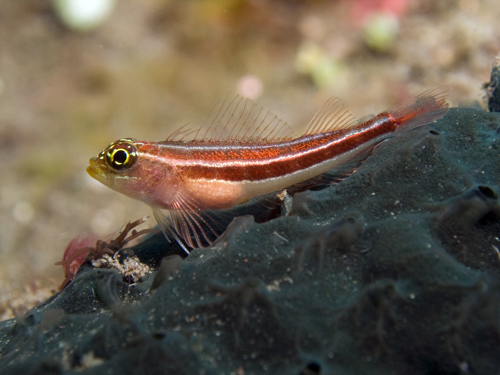
The solution to the depth of field problem is to shoot at tight apertures (increase your f-stop). Even when using narrow apertures it can be tricky to get your plane of focus exactly where you want when shooting with long focal length macro lenses . A steady hand and subject are often required. When you want the greatest depth of field possible, use small apertures like f/22.
Focus on the Eyes
When shooting an animal, you will want to focus on the eyes. If only one thing is in focus, it must be the eyes. When selecting a focal point, always keep in mind that one third of what is in focus is in front of the exact point of focus, and two thirds falls behind it. So, if you want the mouth and the eyes to be in focus, try focusing somewhere in between the two. If you absolutely need to have the entire subject in focus, a good trick is to keep your subject parallel to the camera. Although a straight on side shot is usually not that interesting, most of the visible part of the subject will fall within the depth of field and the entire animal will be in focus.
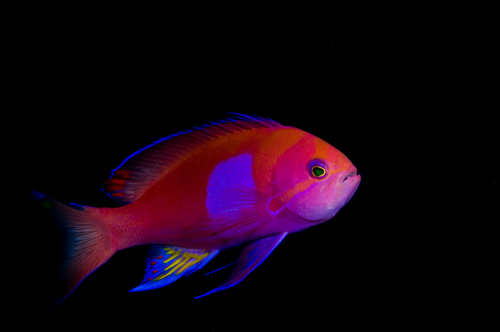
Focus Bracketing
In situations when the depth of field is very low and the subject is very small, it can be difficult to get the focal point exactly where you want it. When this is the case, award winning macro photographer Keri Wilk suggests to bracket focus. He explains that by "slightly rocking the camera while taking multiple exposures you can ‘bracket focus’ to ensure that the plane of focus is exactly where you'd like it."
Create Contrast Between Foreground and Background
Often times the background becomes an issue in macro shots. Distracting pieces of reef, rubble, or flora can get in the frame. This creates unsightly clutter in the image that detracts from its impact. As mentioned, when shooting at 1:1 the depth of field is very small, so as long as whatever is in the background is beyond the depth of field, it will be blurry. If, for instance, the background is a colored sponge or coral that fills the frame it can make a nice blurred color background. However, sometimes distracting rocks are even more unsightly when blurred.

{C}Chances are you have seen many macro shots with solid black or blue backgrounds. This a great technique for creating contrast between the subject and the background. Getting a black background is not that difficult as long as there is open water behind the subject. The first step is to increase your shutter speed and use a narrow aperture to minimize the amount light reaching the sensor. You will notice that if you don't use strobes at these settings, the entire image will be black. If there is only open water behind the subject, then when your strobes fire they will light the subject and the open water will be so underexposed it will be black, creating the black background. Note that your histogram will indicate you have an underexposed image, but that's desirable in this case. For more on histograms refer to the Taking Control Of Your Images With Manual Settings article.
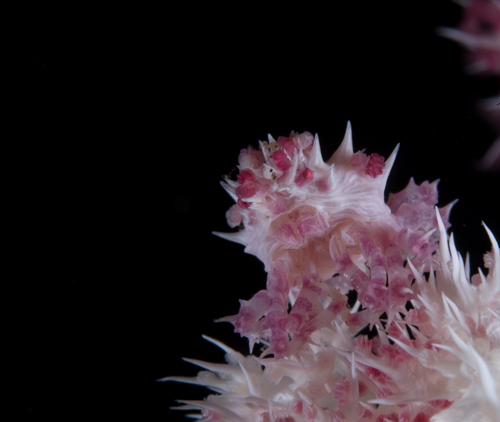
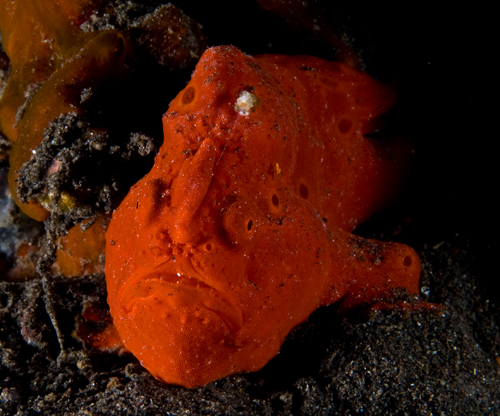
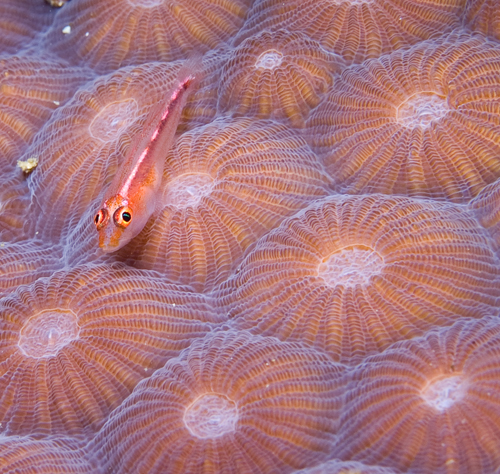
Selecting Subjects
One of the great things about macro photography is that there is no shortage of subjects. Everything from a tiny bubble to a small fish to the patterns of a coral polyp to a rare crustacean make great subjects. Very often we skip past all the common fish and invertebrates on our dives, but these "common" subjects are still breathtaking to most of the population that will never enter the ocean.
Of course, it is very exciting to locate rare and interesting macro subjects. To do this, it is invaluable to have some knowledge of where to find these animals. Study the subject you want to photograph and the overall marine life of the particular destination before getting in the water. It's not surprising that the photographers that seem to know the most about habitat they are diving in often create images of the most interesting subjects. If you really want to shoot a Coleman shrimp, spend the entire dive checking out fire urchins as that's the only place to find them. There is simply no way to spot a pygmy seahorse unless you know what kind of coral to look on. A little research before diving, can go a long way while shooting.
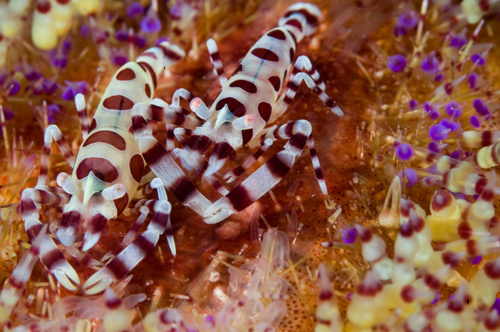
Return back to Techniques Section{C}
RELATED CONTENT
Featured Photographer



 Antarctica
Antarctica




